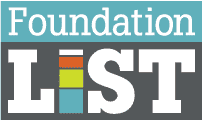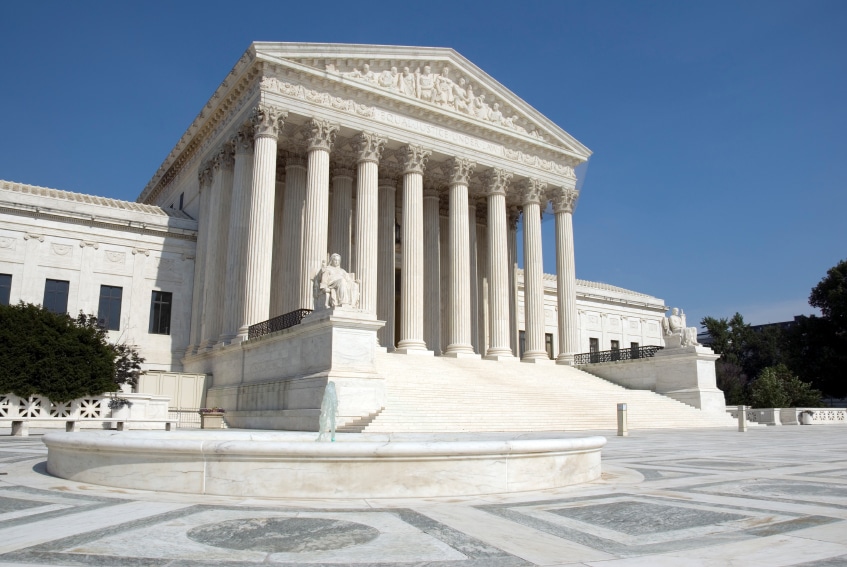If your nonprofit has been affected by the recent Coronavirus pandemic emergency there may be federal help. We understand that some of these programs may be now closed/limited in some states. It is possible that the US government will further fund or extend these programs but there is no guarantee. Any institutions that qualify and still need this funding may still wish to apply in case more funding becomes available or if you are in a region that funding is still available. Below is some information regarding two SBA programs. We would highly advise reaching out to the SBA, your financial banking partner and also legal advisor to learn more about your specific options and the exact details of these programs, if there are stil in effect and if you can apply or not. This is an area that is continually changing as legislation and program adjustments are made.
1.) SBA Economic Injury Disaster Relief Loans (EIDLs)
Program Terms (as of March 26, 2020):
- Maximum Borrowing Amount: $2,000,000
- Use of Funds: Pay fixed debts, payroll, accounts payable and other expenses that could have been paid had the disaster not occurred.
- Rate: 3.75% for Businesses and 2.75% for Non-Profits
- Term: Up to 30 years based on the ability of the borrower to repay
- Collateral: SBA will not decline a loan for lack of collateral, but requires borrowers to pledge what is available, including real estate. This collateral requirement may be waived with legislation under discussion in Congress.
- Stated Timeline for Approval: This is an active program.
- Applicant is physically located in a declared disaster county and suffered working capital losses due to the declared disaster, not due to a downturn in the economy or other reasons
- Must be a small business as defined by the SBA — generally fewer than 500 employees or size standards established for specific industries, any individual who operates as a sole proprietor, or as an independent contractor.
How to Apply:
- Applicants may apply by visiting the SBA’s secure access site at: https://disasterloan.sba.gov/apply-for-disaster-loan/index.html
- Disaster loan information and application forms may also be obtained by calling the SBA’s Customer Service Center at (800) 659-2955 (800) 877-8339 (for the deaf and hard-of-hearing) or by sending an email to: disastercustomerservice@sba.gov
2.) SBA Payroll Protection Program:
- Nonprofits and Small Businesses in operation prior to 2/15/2020 and with < 500 Employees qualify for the program.
- Loan Size is the lesser of $10MM or 2.5x Average Monthly Payroll Expenses for the prior fiscal year.
- Any amount equating to 8 weeks of payroll costs will be forgivable by the SBA and the loan balance, if any, continues to be guaranteed by the SBA.
- Loan proceeds may be forgiven if used for qualified expenses during an 8-week period between 2/15/2020 and 6/30/2020; Qualified expense include:
- Wages and Compensation
- Federal Medical Leave Expenses
- Interest Payments on Mortgages
- Lease Rent Payments
- Utilities
- Loans have no personal guaranty requirement, no collateral requirement, and the interest rates will be 4%.
- Payments can be deferred for up to a year.
- There is no loan fee and no prepayment fee.
- Loan originations under this program will currently cease on 12/31/2020.
Additional consideration:
If I have applied for, or received an Economic Injury Disaster Loan (EIDL) related to COVID-19 before the Paycheck Protection Program became available, will I be able to refinance into a PPP loan?
· Yes. If you received an EIDL loan related to COVID-19 between January 31, 2020 and the date at which the PPP becomes available, you would be able to refinance the EIDL into the PPP for loan forgiveness purposes. However, you may not take out an EIDL and a PPP for the same purposes. Remaining portions of the EIDL, for purposes other than those laid out in loan forgiveness terms for a PPP loan, would remain a loan. If you took advantage of an emergency EIDL grant award of up to $10,000, that amount would be subtracted from the amount forgiven under PPP.
*Please note that this information and legislation is moving quickly and may change. We highly suggest contacting the SBA or your local financial institution for more detailed information about what is available in your area to see if you qualify.


